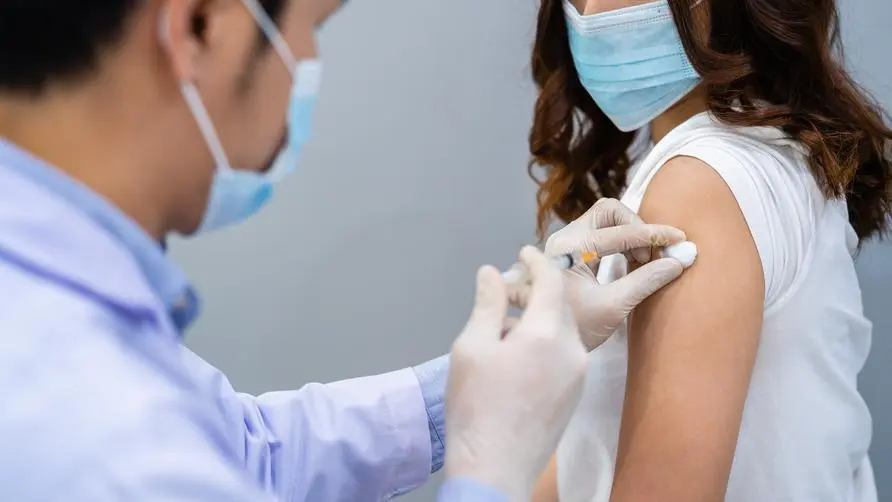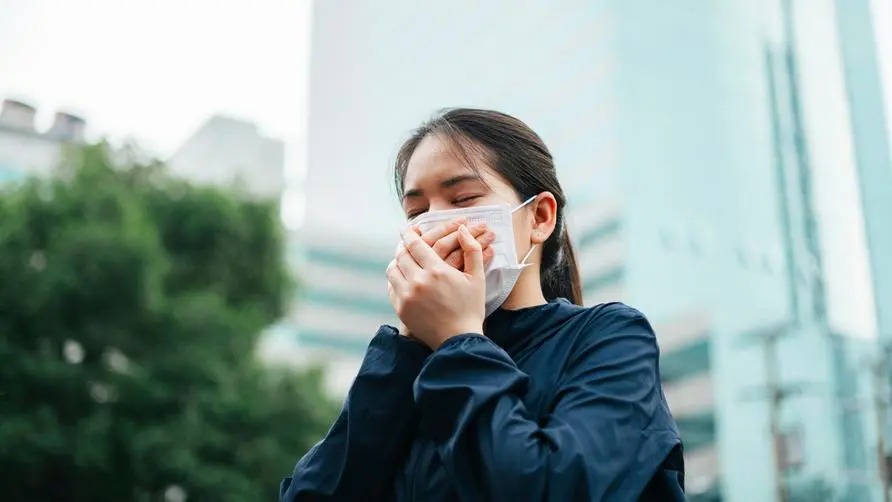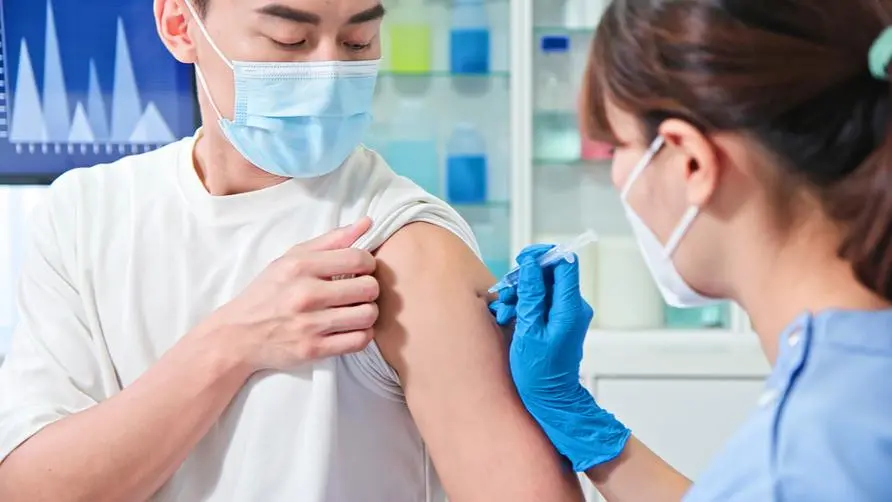Will I still be infected again after being infected with the epidemic and taking 3 doses? Experts reveal the truth: "Multiple infections" will become the norm in the future

Is Omicron likely to cause “secondary infection”? “Nature”: 16 times more powerful than Delta virus
The Omicron epidemic in Taiwan is severe, causing the number of confirmed cases to continue to rise. After recovering from the epidemic, many people are worried about whether there will be a “secondary diagnosis”; according to studies in Nature and Science, Omicron is more likely to cause secondary infections than mutant strains such as Delta and Alpha. The risk is indeed higher, but the risk of mild illness, hospitalization, and severe disease all seem to be lower than when infected for the first time.
“Nature” reported that Omicron’s tendency to cause “immune escape” has made the reinfection rate higher than scientists expected. For example, in the UK, it is estimated that 600,000 people may have been infected with Omicron for the second time. Before mid-November 2021, the reinfection rate of the virus was only about 1%; since the beginning of this year, it has increased to 10% and is still rising. In addition, compared with Delta, Omicron increases the risk of secondary infection by 16 times. It is worth mentioning that according to a study in the “New England Journal of Medicine”, the protection of the vaccine against Omicron secondary infection is obviously insufficient, only about 60%, compared with 90% of the Delta and Alpha variants, which is a significant difference.
Will the secondary infection rate decrease with the epidemic? Experts say “multiple diagnoses” will become the norm
Research published in “Science” shows that of the 2,942,248 confirmed South Africans who tested positive within 90 days, 105,323 cases were reinfected. The number of reinfection cases was the highest in the first wave of the epidemic, and then gradually decreased with each wave of the epidemic until it reached a low point in the fourth wave of the epidemic. Compared with the first wave of the epidemic, the reinfection rate was reduced by 71% in the second wave, 54% in the third wave, and 175% in the fourth wave.
From the above two studies, we can know that Omicron does have a higher risk of secondary infection than Delta, but the number of infections seems to gradually decrease over time. British immunologist Eleanor Riley even said that even if a secondary infection occurs, it may only mean that the virus is present in the nose and throat, and there may not necessarily be symptoms.
Spanish epidemiologist Gemma Recio said that the result of secondary infection may be one of the processes that accelerates the “influenzaization” of the new coronavirus. “Eventually everyone will be infected with the new coronavirus twice, and may even be infected several times in their lifetime. However, symptoms may gradually become milder as the number of infections increases.”
2 doses of vaccine provide protection for up to 9 months! Doctors urge “third dose” to reduce risk of reinfection
Although secondary infection with Omicron may be less likely to pose a risk of hospitalization and severe illness for those who have received three doses of the vaccine, Riley said that secondary infection is still possible for those with weakened immune systems or those with underlying health conditions. Causes severe symptoms, relevant units should not ignore the impact of secondary infection on this ethnic group.
Dr. Jiang Guanyu, chief physician of general medicine at the Taipei City Hospital Zhongxing Branch, also posted on social media that according to a national tracking study in Denmark, regardless of the variant of infection previously, for first-time infection, the protection of 2 doses of vaccine against reinfection will weaken over time. It was 60% 14-43 days after vaccination, but dropped sharply to 14% within 164-193 days. In summary, 2 doses of vaccine can provide protection for up to 9 months.
Dr. Jiang Guanyu said that a second infection in a short period of time and several infections within a year do occur. However, as long as 3 doses of the vaccine are administered, the chance of severe illness and sequelae such as COVID-19 after secondary infection with Omicron will become increasingly lower. However, for those who have only received less than 2 doses of the vaccine, the protection will become increasingly insufficient, not to mention the people who have never been vaccinated and are still “blank slates”, which is more like the threat of the “plague of the century”.
“In the era when Omicron dominated the epidemic, if the third dose was not taken, the risk of reinfection would indeed be much higher, and this is only the data for BA.1; if it is BA.1 with stronger immune escape and higher transmissibility. 2. It can only be said that the virus will no longer be so polite!” said Dr. Jiang Guanyu.
Source:
Further reading:





